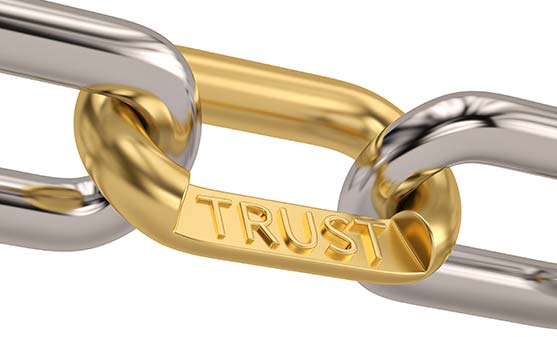A look at the importance of media credibility and tips for developing a mutually beneficial relationship with journalists

“Please don’t ask me to write an advertisement.” That’s the most common piece of advice I have received from editors and broadcasters over more than two decades in communications.
That’s why it has become one of the first pieces of advice I give any client or potential client when they want to develop a media relations program. For some, it’s an “ah-hah” moment, while others are briefly disappointed when they realize they had planned to approach earned communications the same as paid, albeit subconsciously. Other clients aren’t quite sure what that advice means.
Understanding media credibility
The truth is, Earned and Paid media complement each other, and one can’t replace the other.
Paid media works through the traditional push marketing approach, reaching customers earlier in the sales funnel and building awareness. The message and placement are guaranteed. Earned media is a pull marketing approach that builds credibility and trust of the brand/product among current and potential customers who are further along in the sales funnel, helping them finalize their decision.
There’s a reason that Earned media builds credibility and trust of your brand. Your customers trust that certain media and influencers only report on what they have vetted themselves – what they believe to be true.
How did those outlets, editors and broadcasters earn that reputation, with some even becoming celebrities in their own right? Because their audiences trust them to tell impartial stories about topics that are interesting and important to them. Media often talk about competing products in a single piece. They discuss the good as well as challenging features of a product in their own words, not verbatim as it appears in a product ad that might be on a facing page. Media won’t sacrifice their hard-earned credibility by being a brand’s mouthpiece.
Keep the news new
Which leads us to another piece of advice we get from editors and broadcasters. “Provide us with new information.”
It sounds simple enough, but it’s easy to lose sight of that golden rule of media pitching. To sweeten the deal, give media something they can’t get from reading your latest press release or product label. They’re writing for an audience, so give them something compelling that adds value for their readers.
For example, imagine that one day you read about a new piece of technology and it sounds incredible. The biggest thing since Apple introduced the iPhone. You’re eager to learn more. The following month you come across an article about the same technology in the same media outlet. There’s even a video accompanying this article. The words might be different from the previous article and the video is pretty cool, but there is nothing new. You still don’t know when it will be available or how much it will cost. It’s frustrating so you stop reading that particular medium.
But what if that subsequent article included research from an independent think tank about how much this technology can improve efficiency? The article still includes some of what you already know, but the new information is continuing to grab your attention and build your interest.
Now, consider that same scenario but replace you with your customer and the incredible new technology with your product. It’s unlikely that potential customers want to spend their valuable time reading or hearing the same information about your product.
Earning your space on the page
We covered several examples of how not to work with journalists. But what are some ways to get their positive attention? How do you keep news new and give journalists what their audiences crave? One approach is releasing data and research about your product or category, especially if it comes from a third party. Another consideration is the element of human interest; tell the story of a customer who uses your product or take them behind the scenes of how an idea became an invention.
Above all, earning space in media coverage means building relationships with editors and broadcasters. Learn about their beat, their preferences, and what they’ve already covered. Make an effort to engage with them before you say, “Here’s a press release; please write about my product.” Get to know how they work. Learn what they want and need from companies and agencies. Follow them on social media and share their content on social media.
Building this type of relationship not only helps you develop better media relations materials to improve the odds of coverage, but it also keeps you more top-of-mind when editors and broadcasters are looking for sources. By establishing a mutually beneficial relationship, you’ll give your brand longevity with earned media.
If you would like to learn more about how Rhea + Kaiser can help build media relationships for your brand, contact our Business Development Director.